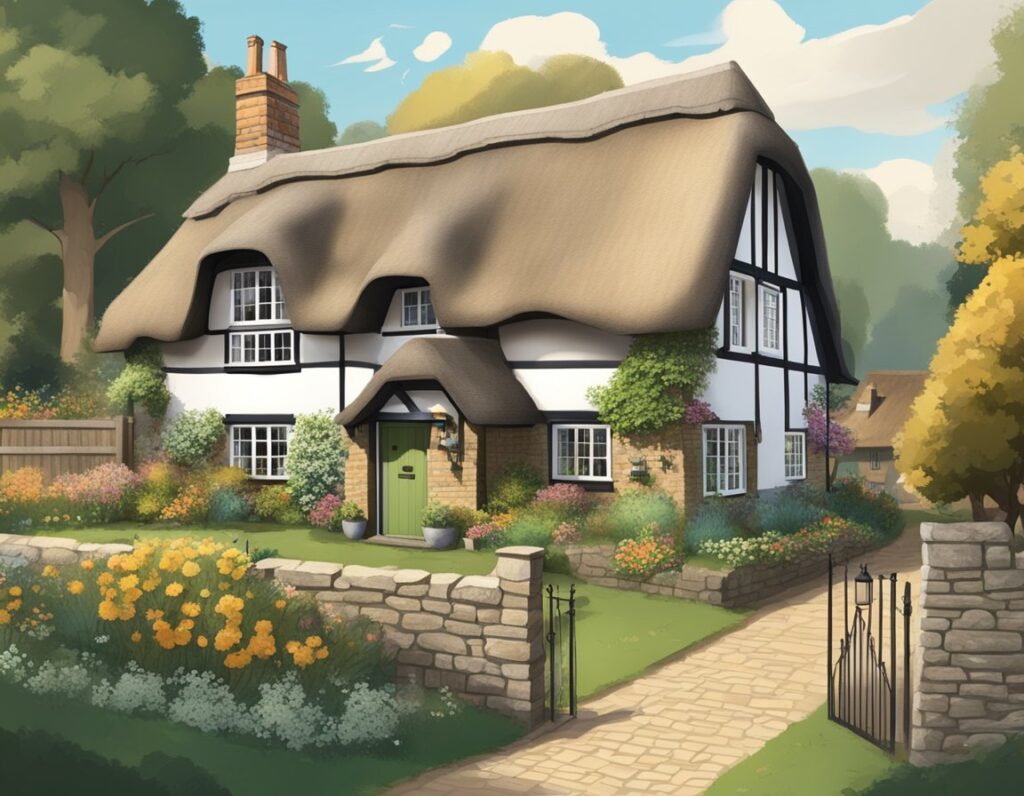Thatch Roofing’s Heritage and Safeguards: Preserving Tradition through Software Testing in Modern UK
Thatch roofing in the UK is a practice steeped in history, a distinctive feature of the rural landscape with origins tracing back millennia. Recognised for its aesthetic and ecological benefits, thatch remains a symbol of traditional British craftsmanship.
As modern demands for preserving cultural heritage clash with the need for innovation, software testing plays a pivotal role. It ensures that new methodologies and materials used in thatching meet stringent conservation standards, safeguarding this ancient craft for future generations.

While thatching techniques have largely been preserved, the materials and methods are subject to constant improvement to comply with present-day safety and efficiency standards.
Thatching in the UK must now contend with the challenges of the 21st century, including climate change, fire regulations, and the need for better insulation.
Software applications dedicated to architectural conservation are crucial in simulating various scenarios. They help craftsmen and conservationists to evaluate the impact of any changes made to traditional thatched roofs without compromising their historical integrity.
Key Takeaways
- Thatch roofing heritage in the UK combines tradition with modern safeguards.
- Software testing ensures thatching methods adapt to contemporary standards.
- Technological advancements aid in preserving the cultural significance of thatched roofs.
Thatch Roofing’s Cultural Significance
Thatch roofing embodies a unique cultural heritage in the UK, showcasing a historical evolution, regional aesthetics, and distinct crafting techniques.
Historical Evolution of Thatch Roofing
Thatch has been a fundamental part of the UK’s architectural history. Historical records suggest roofs made from thatch were common across England since at least the medieval period. In some cases, archaeological findings have uncovered thatch from this era preserved under newer layers, providing invaluable insights into past construction methods and materials.
Aesthetic and Cultural Value
The aesthetic appeal of thatch contributes significantly to the visual identity of the British countryside. Thatched roofs are often perceived as quintessentially English, synonymous with rural charm and tradition. Their picturesque qualities not only enhance individual buildings but also enrich the wider cultural landscape, serving as a reminder of the nation’s pastoral history.
Regional Variations in Thatch Techniques
In the UK, thatching techniques vary greatly by region, influenced by the availability of local materials and historic practices.
For example, in Devon and Cornwall, a heavy “coat” of thatch is used, while in East Anglia, long straw is a preferred material. Each area has developed its own distinctive style that reflects the environment and cultural practices specific to that place. These variations are not just functional but also symbolise the diverse heritage across the UK’s regions.
Technological Advancements and Thatching
Thatching, a traditional roofing method, has embraced technology to ensure safety and sustainability while maintaining its historical essence.
Software Aids in Safe Thatch Construction
Software now plays a crucial role in the construction of thatched roofs.
Detailed digital models allow architects and thatchers to visualise and optimise roof designs before construction begins. These models facilitate precise calculations of angles, materials, and load distribution to ensure the structural integrity of the thatched roof.
Modern Fire Safety Measures for Thatched Roofs
With the increased risk of fire in thatched constructions, modern safety precautions have become a priority.
Fire barriers and fire-retardant materials are incorporated during the thatching process. The use of specialised software to simulate fire scenarios and predict spread patterns ensures additional layers of safety for thatched roofs.
Sustainability in Thatch Roofing Materials
Traditional materials such as straw and water reed have remained the mainstay in thatch roofing due to their natural abundance and biodegradability.
Technological advancements have led to enhanced treatment processes that improve the durability and weather-resistance of these materials.
These treatments effectively reduce the need for frequent replacements, fostering sustainable practices within the industry.
